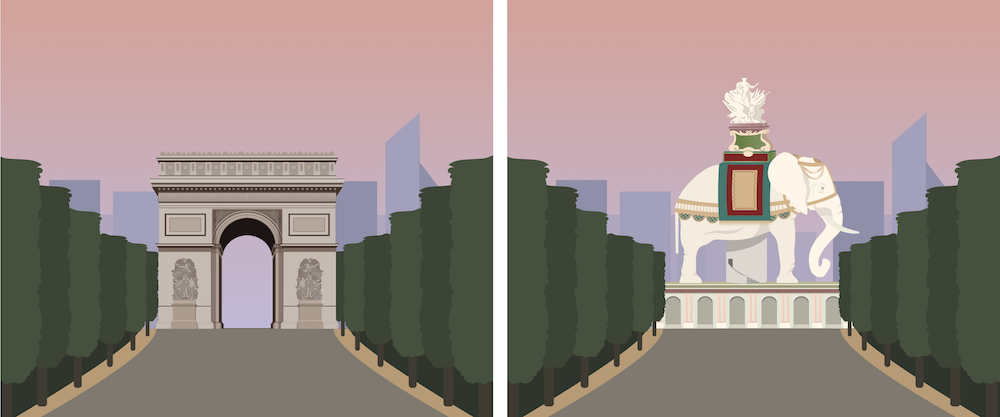The idea is to hook up landscape design up with form and function, and create an asset.
OLIN partner Steve Benz believes it’s possible to spend the same amount of money on landscape solutions as on engineering – and in the end, wind up with a park instead of a water treatment plant.
“We’re learning how to design natural systems into our environment,” he says.
The firm’s green infrastructure initiative provides an alternative to engineered systems that pipe water away from a site to watersheds far away.
Rather than pushing the problems downstream, Benz is proving that they can be treated at the source.
“A green infrastructure enhances the environment artfully, but it’s a working system,” he says. “A holistic system uses runoff as an asset and treats water so it can be used again.”
At Kroon Hall in New Haven, home to Yale’s School of Forestry and Environmental Studies, Olin developed a complete water management system where runoff is stored, then reused for site irrigation, aquatic plants and toilet flush.
The firm achieved a similar success at Washington Canal Park in Washington, D.C. A former three-acre contaminated brownfield, the site was once part of the city’s canal system, then paved over as a parking lot for school buses.
“Now we’re storing stormwater in the park for toilet flush and an ice rink,” he says. “We’ve minimized adverse drainage into the Potomac, because water is stored in two 40,000-gallon tanks.”
A similar engineering budget might have resulted in a retaining pond and untreated stormwater that eventually flowed into an already endangered Chesapeake Bay. But it didn’t.
“It became an asset,” he says. “It’s the same money, but you get a park.”
For more on OLIN and its green infrastructure initiative, go to http://www.theolinstudio.com/blog/green-infrastructure-at-olin/


